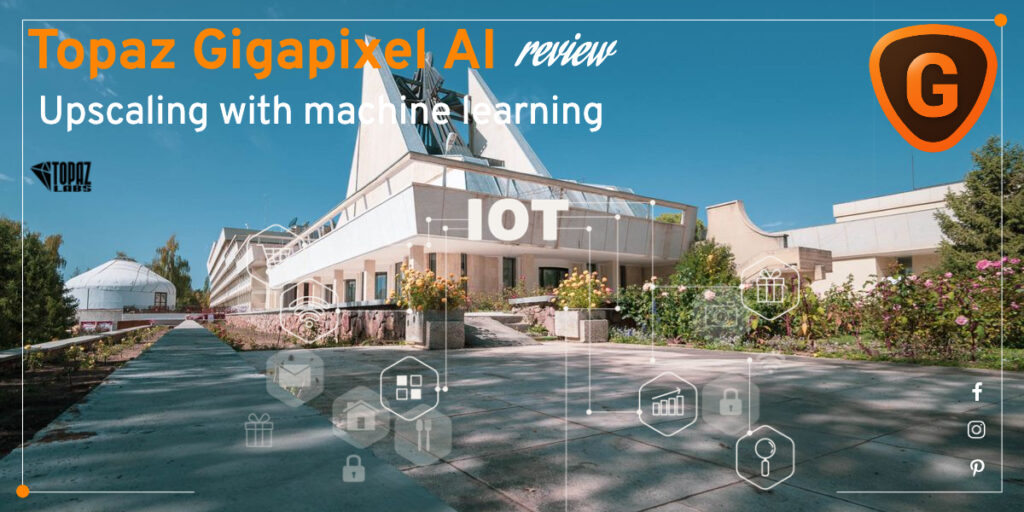
Later conversion to DNG using Photo AI is no longer a RAW with all the information. Theoretically, it is best to upload RAW files and Topaz also recommends this, however you then do not have control over the development process like in Lightroom.


Graphics generated in DALL-E, processed in Topaz Photo AI – upscaling locked in Photoshop. However, when upscaling an image, you cannot use the plugin, which makes sense because the entire document would have to be rescaled, not just the layer you are working on. Topaz Photo AI works both as a standalone application and as a plugin for Photoshop, Affinity Photo, etc. Graphics generated in DALL-E, processed in Topaz Photo AI. I can then define how strong the noise removal, sharpening, or enlargement should be. In practice, it looks like this: I upload a file to the program that is not suitable for publication, for example, because it is not sharp or it has too low resolution (or both), and then it is processed by algorithms and AI. The image generated in DALL-E 2 and upscaled using Topaz Photo AI.
Topaz photo ai full full#
If I published the full frames, it would be necessary to download all of them and zoom in to see fully what is most important in this article – the results of Photo AI. However, instead of the original frames, often there are close-ups of a fragment that was supposed to be in focus. Various photos are featured here, mainly sent to me by readers. However, I didn’t sharpen photos without processing because, for example, noise would become more visible than in the original, which would create an illusion that Topaz is performing better than it actually is. Of course, if I downsized a photo in Photoshop to ensure correct sharpness after interpolation, I applied intelligent sharpening or sharpened it with a high-pass filter (you always need to do this after downsizing, and PS has been doing it automatically for years, but I prefer to sharpen manually. I also adjusted sliders for sharpness, noise reduction, and so on, but I tried to do it quickly rather than ultra-precisely. When processing photos for this post and in everyday use, I didn’t try to achieve the best possible results, such as recovering maximum sharpness in a selected area and then masking over-sharpened elements “I assumed that such a program should give relatively good results quickly, and if I wanted to manually tweak and extract the maximum potential, I would use separate plugins like DeNoise AI, Sharpen AI, and Gigapixel AI. Surely with future updates, I will change some options, although there are very few of them. I also enabled sharpening on slightly blurred photos. Personally, I prefer to have the face detection option unchecked and only enable it when an important subject is out of focus. Lens correction is also being done, which can be turned off in the settings. Photo AI has only a few options and so-called The autopilot sets the photos up for the user at the beginning and can be manually adjusted if necessary to improve them.


 0 kommentar(er)
0 kommentar(er)
